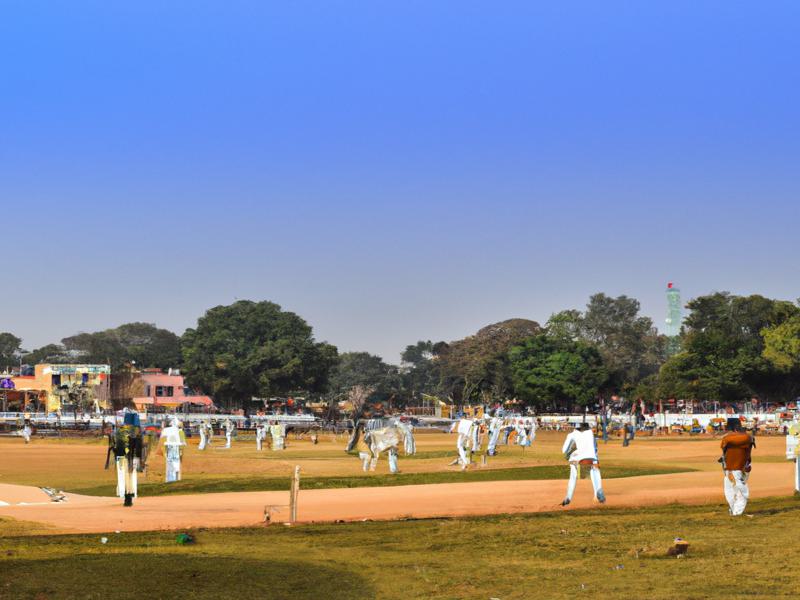
“We take immense pride in our unwavering determination, and we certainly exemplified that spirit,” remarked Santner in his post-match reflections on Cricbuzz.com.
26.03.2025
Mustafizur Rahman Poised for Return to Competitive Cricket Following Rest Interval | Cricbuzz.com
26.03.2025**South African Cricket: The Warriors Dilemma and Transformation Targets**
*By Telford Vice – Published on Cricbuzz*
In a gripping development during Cricket South Africa’s men’s One-Day Cup, the Warriors received a five-point penalty following their 126-run triumph at Kingsmead on February 16. Consequently, four points were transferred to their opponents, the Dolphins, who experienced a significant elevation in the standings despite their defeat. This deduction excluded the Warriors from the qualifier round, allowing the Dolphins to clash with the Titans at Kingsmead. The winner is set to face Boland in Paarl’s final this Sunday.
The perplexing situation arises from the fact that the Warriors, despite their dominance, have been superseded in the points table by a well-beaten Dolphins. Adding to the complexity, the Titans have been deprived of their home advantage for a pivotal match.
How did this unfold? Suspend your disbelief, as such narratives only manifest in South African cricket, where real and metaphorical scorecards govern the game. Beyond the traditional metrics of runs and wickets, there exists a scorecard fixated on the racial composition of teams, ensuring adherence to Cricket South Africa’s transformation policies. These policies, aimed at meeting governmental objectives, focus on ensuring diverse representation, particularly black and brown players, on the field.
During the February 16 match, the Warriors fell short of the required quota by fielding only two black players rather than the mandatory three. Unlike allowances made for unforeseen circumstances like injuries, no exemption was sought by the Warriors, resulting in disciplinary action. The penalty was announced only after three weeks, undermining the Warriors’ playoff aspirations.
The official explanation cited the Warriors’ infraction of clause 3.2.2—“not complying with the on-field target requirement for senior domestic matches of a minimum of three black African players in the starting XI.” Despite this penalty, an erroneous article, suggesting the Warriors’ playoff presence, surfaced on CSA’s website, later corrected by an official CSA statement clarifying the sanctions and an undisclosed fine imposed on the Warriors.
The historical context of cricket in South Africa intertwines with enduring racial disparities, remnants of colonial and apartheid legacies. Initial post-apartheid strategies sought to address inequities through quotas, evolving now into broader transformation targets to prevent regression into past segregationist practices.
Although the narrative that cricket is predominantly a ‘white’ sport persists, this transformation journey faces complexities. For instance, the Warriors, coached by Robin Peterson, a brown coach, failed to meet the transformation expectations, despite the Eastern Capers nurturing vast black talent.
Post-apartheid South Africa continues to grapple with redressing historical injustices without reversing them completely. Distinctly, attempts since 1994 have aimed to foster equality among all racial groups rather than reorder them hierarchically.
However, as former player Craig Marais poignantly remarked, “Transformation is and was completely necessary to address past imbalances, but in 2025 it is just discriminatory and racist.” His sentiments reverberate with many South Africans who feel constrained by the current approach to transformation, echoing concerns that, while pivotal, these policies might contradict their fundamental objectives.
As South Africa’s cricket and broader society strive towards equity, such dilemmas reflect the intricate balancing act between transformation imperatives and fostering genuine inclusivity within sporting excellence.


